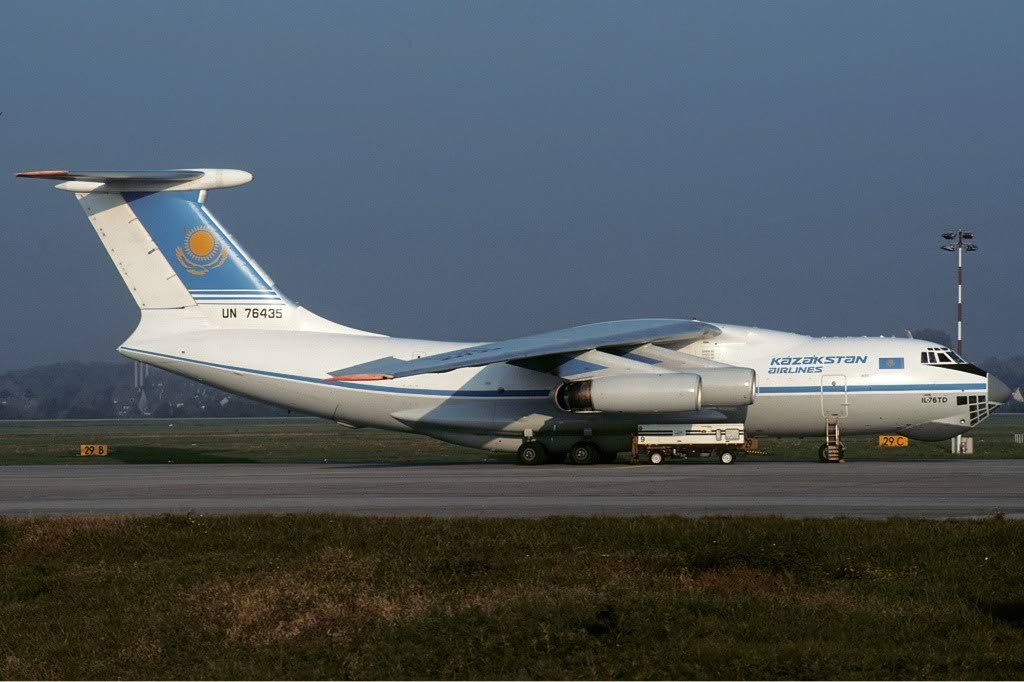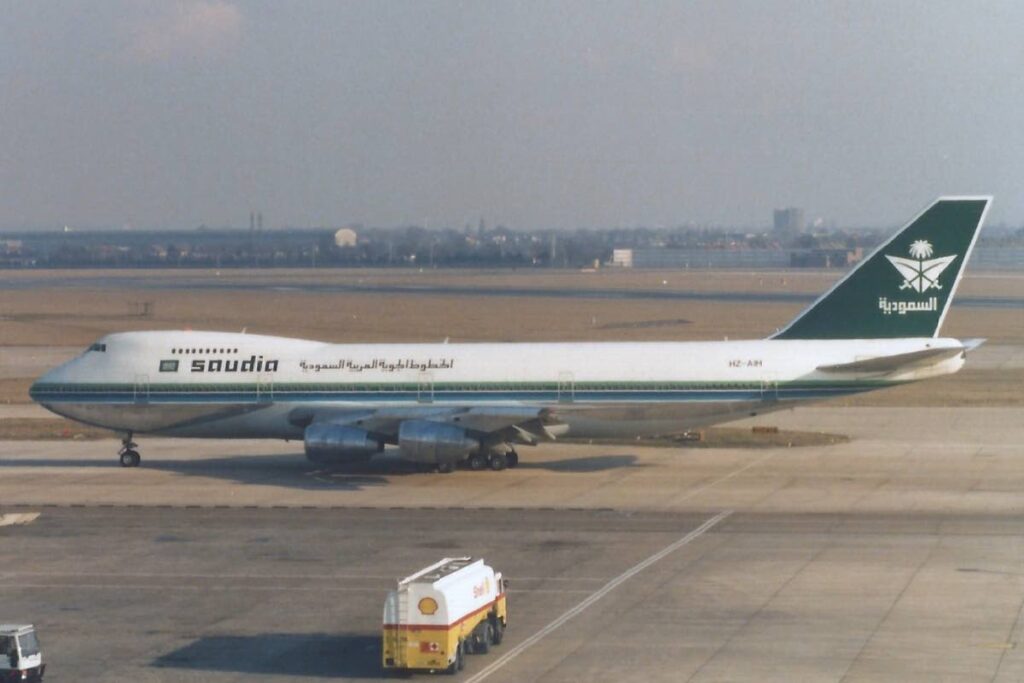Preventing mid-air collisions


Part I
A mid-air collision is an accident in which two or more aircraft come into unplanned contact during flight. The relatively high aircraft velocities involved, and the subsequent impact with the ground or sea, cause very severe damage to both aircraft, with an almost 100 per cent fatality rate.
The potential for mid-air collisions is increased by navigational errors, miscommunication, flight-plan deviations, lack of situational awareness and lack of on-board collision avoidance systems.
Mid-air collisions happen near airports, where large numbers of aircraft are close to each other.
The first recorded mid-air collision occurred on October 3, 1910 at Milan, Italy. Frenchman René Thomas, flying the Antoinette IV monoplane, collided with British Army captain Bertram Dickson by ramming into the tail of his Farman III biplane. Both pilots survived, but Dickson was so badly injured he never flew again.
The first fatal mid-air collision occurred over La Brayelle Airfield, Douai, France, on June 19, 1912. Capt Marcel Dubois and Lt Albert Peignan, both of the French Army, crashed into one another in an early-morning haze, killing both pilots.
Since then, numerous mid-air collisions have occurred, involving both civilian and military aircraft, with hundreds of fatalities. The last mid-air collision was on September 17, 2022, between a single-engine Cessna 172 aircraft and an experimental Sonex Xenos aircraft near Vance Brand Airport in Longmont, Colorado, killing all three people on board both aircraft.
However, the most catastrophic mid-air collision in history took place on November 12, 1996, when a Saudia Arabia Boeing 747 aircraft outbound from the Indira Gandhi International Airport (IGIA), Delhi and a Kazakhstan IL-76 aircraft inbound to IGIA collided in mid-air, about 40 miles west of Delhi, and crashed into the fields of Charkhi-Dadri – two small villages in Haryana, India. All 312 occupants of the Boeing 747 and 37 occupants of the IL-76 lost their lives.
According to ICAO Annex 3 Standards, India, as the state of occurrence, commissioned a court of inquiry, headed by then Delhi High Court judge Ramesh Chandra Lahoti, to investigate the accident.
The flight data recorders (FDRs) were decoded by Kazakhstan Airlines in Moscow and by Saudia Arabia in Farnborough, England, under the supervision of air crash investigators.
The investigation determined that the accident was caused by the Kazakhstan IL-76, which, according to FDR evidence, descended from the assigned altitude of 15,000 feet to 14,000 feet without air traffic control (ATC) clearance.
The accident report named the lack of English-language proficiency skills of the Kazakhstani pilots as the cause of this serious breach in operating procedures. Radio communications between pilots and ATC was done through the radio operator, who did not have his own flight instrumentation, and had to look over the pilots' shoulders for instrument readings.
Indian ATC said Kazakhstani pilots sometimes made erroneous calculations because they were accustomed to using metric units for altitudes and distances, while most countries use feet and nautical miles respectively for vertical and horizontal separation.
The accident report said a few seconds before impact, the Kazakhstan IL-76 aircraft climbed slightly and the two planes collided. The radio operator discovered only then that the aircraft was not at the ATC-assigned altitude of 15,000 feet and asked the pilots to climb.

The captain gave orders for full throttle, and the plane climbed – only to hit the oncoming Boeing 747. The tail of the Kazakhstani plane clipped the left wing of the Saudi jet, severing both parts from the planes. Had the Kazakhstani pilots not climbed slightly, it is likely that they would have passed under the Saudi aircraft.
Furthermore, the IGIA did not have secondary surveillance radar, which provides positive aircraft separation by ATC.
Also, flight departures and arrivals shared a single corridor in the civilian airspace around Delhi. Most areas have separate corridors for departures and arrivals. The airspace of Delhi in 1996 had only one civilian corridor because the Indian Air Force used much of the airspace.
The accident investigation report made several recommendations for changes to air-traffic procedures and infrastructure in Delhi's airspace.
The major recommendations were separating inbound and outbound aircraft through the creation of "air corridors," installing a secondary air-traffic surveillance radar at IGIA, mandatory collision-avoidance equipment on all commercial aircraft operating in Indian airspace and reducing the airspace around IGIA under the control of the Indian Air Force.
The investigation concluded that the root cause of the accident was the unauthorised descent by the Kazakhstani aircraft to 14,000 feet, and failure to maintain the I5,000-feet assigned altitude.
The cockpit voice recorder of the Saudi aircraft revealed that immediately after the mid-air impact, the pilots recited the Islamic prayer required when one faces death.
On board traffic collision avoidance systems (TCAS) will be discussed in Part II.




Comments
"Preventing mid-air collisions"